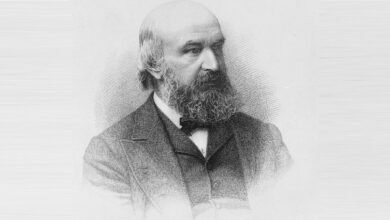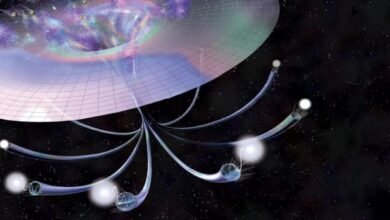SCIENCE
Starts With A Bang podcast #110 — Optical Interferometry | by Ethan Siegel | Starts With A Bang! | Oct, 2024

Interferometry gave us a black hole’s event horizon, but that was in the radio. What can we accomplish with a new optical interferometer?
It’s hard to imagine, but it was only five years ago, in 2019, that humanity feasted our collective eyes on the first direct image of a black hole’s event horizon. Thanks to the technique of very long baseline interferometry and the power of arrays of radio telescopes stitched together from all across the Earth, we were able to resolve the event horizon of the black hole M87*, despite the fact that it’s an impressive 55 million light-years away.
Source link





